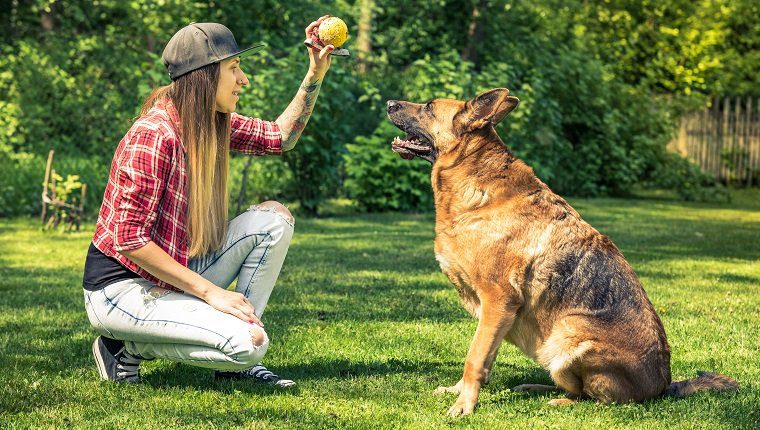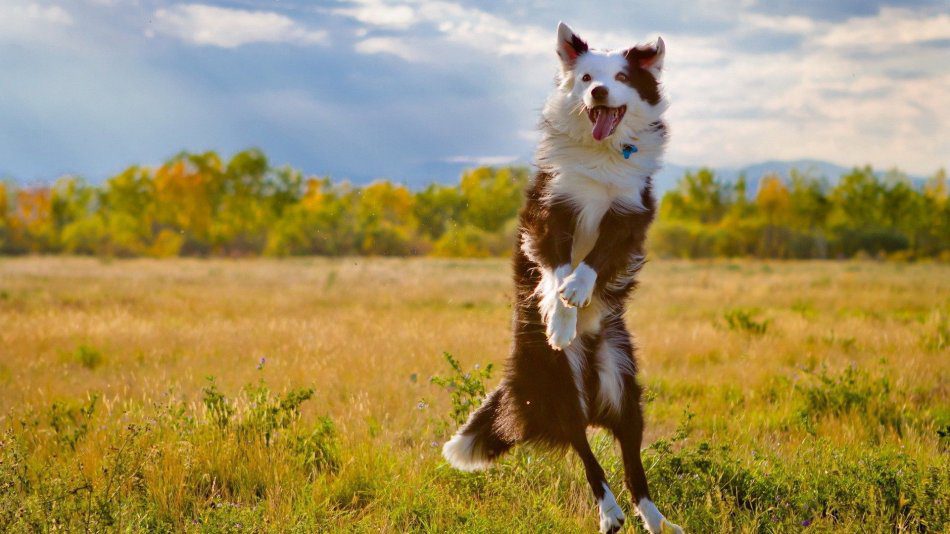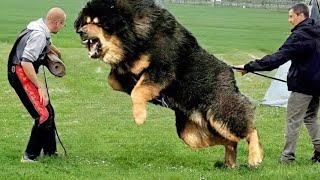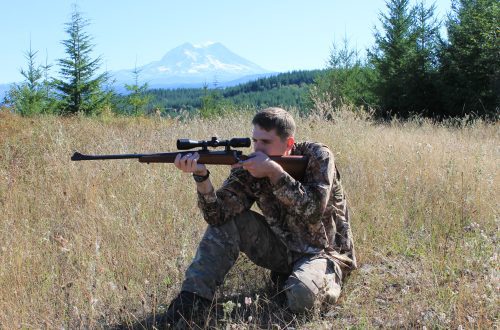
How to train a dog and have fun
If you approach the upbringing of a dog correctly, this is a very pleasant and exciting process. After all, unpleasant experiences (both the dog and the owner) in the process of raising a pet are most often associated with the fact that the owner does not take into account the needs of the dog or uses inhumane methods.
Of course, if you enjoy fighting, all means are good, but most owners still love their dogs and find nothing pleasant in fighting them. Is raising a dog fun? Yes!

Photo: google.by
Contents
What should be considered when raising a dog?
First of all, it is important to remember that the dog does something “wrong” not because he wants to do it “out of spite”, but because he simply has not yet been explained what is required of him. So she tries – as best she can. The task of the owner is to teach the dog the desired behavior, while satisfying its needs.
It is important to make sure that the dog is healthy. If she does not feel very well, all your efforts will be in vain.
It is important to notice signs of fear in a dog. If she panics, it is impossible to teach her something “useful” – first you need to work with fear.
Dog Training Strategy
There is a strategy that allows you to teach your dog almost anything and at the same time correct unwanted behavior. Let’s take one problem as an example: a dog barks at people in the street.
- Understand the dog’s motivation. To do this, it is important to observe her and understand body language. Is barking strangers on the street related to avoidance motivation?
- Analyze dog behaviorto understand how she feels. For example, if a dog is showing fear, it is driven by avoidance motivation and wants to be on the other side of the world from that creepy person.
- What benefits does the dog’s behavior bring? If she barks at strangers, they are probably not suitable – it means that the goal has been achieved, contact has been avoided.
- What triggers the unwanted behavior? If a dog barks at people, are they certain people, or only women, or men, or children, or those who look at the dog, or those who stretch their arms towards it?
- Determine the distanceon which you can work. For example, a dog is already looking at a “terrible” person, but is not yet barking or panicking.
- Think about what the dog wants Currently. How can you reward her for good behavior? It can be a treat, a game, or something else that is important to her here and now. The most important thing is to issue reinforcements on time.
- Suggest an alternative. Think about what behavior can both satisfy the dog’s need and suit you. Or maybe it makes sense to work with motivation (for example, teach a dog to “love” people).
- Think over a plan of action: how to teach your dog a new behavior using small steps, from simple to complex.
Basic Approaches to Correcting “Bad” Dog Behavior
There are several approaches that allow you to teach your dog “good” behavior instead of “bad” behavior.
- Behavior Management – when we organize the environment in such a way that “bad” behavior does not repeat itself. For example, if a dog steals from the table, we clean up everything edible where it is left unattended.
- Teaching incompatible behavior– when “bad” behavior is replaced by another incompatible with it. For example, you teach your dog to look you in the eyes when you pass “terrible” people – if the dog is focused on you, it will be difficult for him to panic.
- Desensitization – gradual accustoming to calmly respond to a stimulus that is increasing in strength. For example, we teach a dog to relax, while the distance to the “terrible” person is gradually reduced.
- Classical counterconditioning – creating a positive association with “terrible” people. For example, you can feed your dog the most delicious treats only when you practice approaching these “terrible” people, and then when they appear, the dog expects a bonus from you – and who will bark at the source of pleasant sensations?





